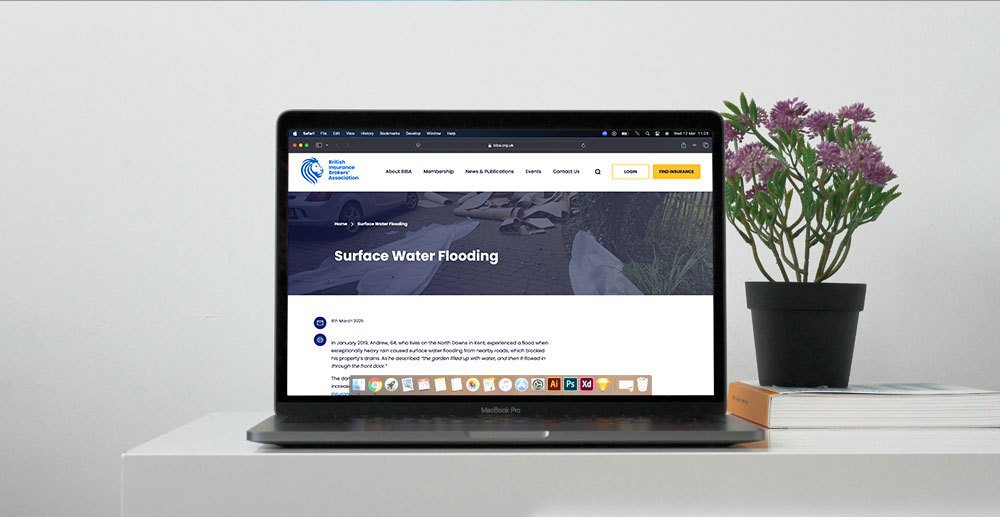
Hot work, often referred to as the ‘use of heat’, is integral to many construction and maintenance projects, and there are a number of risks that need to be managed as part of the process.
Hot work is one of the few occasions in which heat, sparks or naked flames are intentionally used in the workplace, making it a high-risk activity that needs to be managed and controlled effectively.
The hazards associated with this type of work include: sparks, excessive heat, conduction, flammable gases and swarf. When working with any of these there is an increase in the risk of fire, damage to property, injury and death. Many losses occur as a result of poor planning, risk assessment and supervision.
The insurance industry has developed an extensive set of hot work conditions which require a number of precautions to be undertaken before, during and after the use of heat.
Conditions cover a large range of factors, from method statements, risk assessments and inspections to training, briefings and supervision.
Risk assessments are in place to reveal issues that could result in injury or damage to property should a fire occur. It questions where fire may spread to, whether there are combustible materials nearby and if there are others at the premises that would need notifying.
Before work starts, insurers often stipulate that there must be an appointed person(s) responsible for the overseeing of the precautions. Fire safety checks, which continue throughout the duration of the works, must be carried out and the work area confirmed as being suitable.
During work, conditions focus on the use of equipment and ensuring that safety measures, for example the availability of fire extinguishers and hose reels, are in place. Supervision is essential and the relevant person(s) should have the authority and confidence to stop work if unsafe conditions develop.
The condition continues after the hot work has finished, giving instructions regarding the disposal of waste and a final fire safety check, sometimes up to 60 minutes after the conclusion of the work.
The use of thermographic cameras is a positive risk management tool, identifying any areas of concern and are increasingly used as part of contractors’ hot work procedures. Furthermore, Hot Work Permits are becoming more commonplace within companies’ safe systems of work and, in particular, the use of heat.
For more information about hot works, if you need help understanding your obligations when using heat or for a quote with a policy that includes a hot work condition, please contact Daines Kapp Insurance Brokers on info@daineskapp.co.uk or 01920 484844.


